Photo by Todd & Brad Reed Photography
Not only will the scenery amaze you, but there is so much to see and do in this area of Northwest Michigan. Summertime activities include swimming, boating, golfing, or attending a local festival. Autumn is perfect for visiting a winery—with over 35 in close proximity, you can make a day of it! It’s a winter wonderland in the Grand Traverse area, where you can snowshoe, ski, snowmobile, and ice skate.
Traverse City has ranked high on various lists–#2 small town travel destination in the United States, top 10 places to retire in the U.S. and among the top 10 winter vacation destinations in the country. This northern gem has been discovered by travel writers everywhere, and you can benefit by planning a trip to the region and enjoying all Traverse City has to offer. Don’t miss the Traverse City Wine & Art Festival, featuring the region’s best wines and local art, held in late June. A top producer of tart cherries has made Traverse City “The Cherry Capital.” Their eight day National Cherry Festival in early July is one of Michigan’s premier attractions. Later in July, the Traverse City Film Festival takes place at the downtown State Theater. Founded by filmmaker Michael Moore, it’s your chance to catch a documentary, foreign, or short film. Or catch a Traverse City Pit Spitters baseball game at Wuerfel Park. It’s a great summertime family activity.
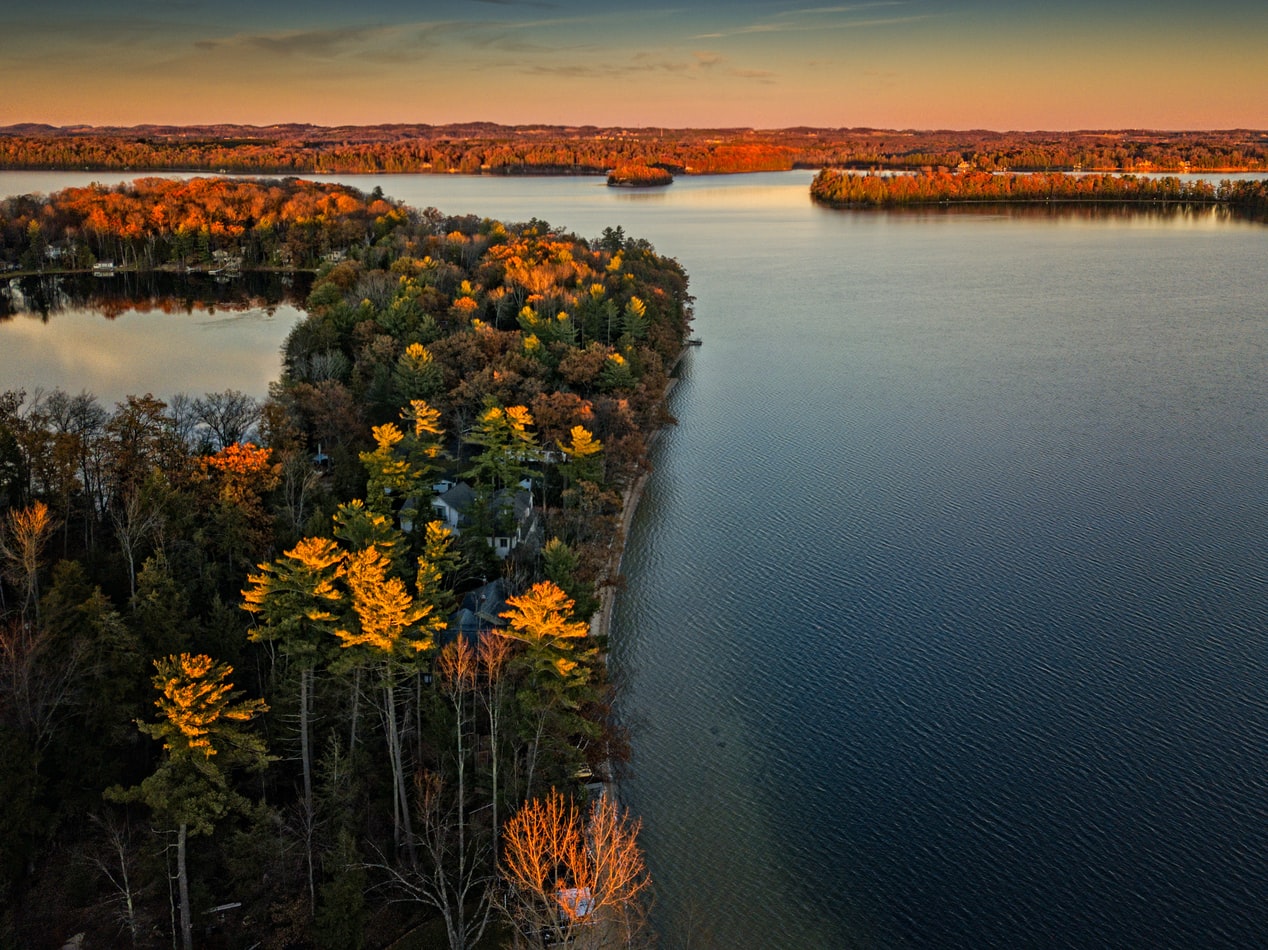
Often referred to as the “little finger” of the mitten-shaped state, the Leelanau Peninsula extends out 30 miles into Lake Michigan. To the east you’ll find Grand Traverse Bay, with miles of shoreline and clean, fresh water. The beaches are so plentiful, you’ll never feel crowded and there’s nothing more relaxing than lying on the sand and feeling the warmth of the sun on your face. The Traverse City-Leelanau Peninsula region is where you’ll find 34 wineries that offer tours and wine tastings. The soil and climate in this part of Michigan are the perfect combination for producing wines that can compete with the best in the country.
Once viewers of Good Morning America designated the Sleeping Bear Dunes National Lakeshore as the most beautiful place in the United States, this national park experienced a high influx of visitors. Only the most ambitious and energetic can attempt to climb the dunes—others can simply choose a lookout point and enjoy breathtaking Lake Michigan views. Located in the westerly section of the Grand Traverse area, you can see the Manitou Islands from Sleeping Bear Dunes National Lakeshore.
Beautiful Grand Traverse County is home to many events that include fun for the whole family. In May, winemakers invite the public to their tasting rooms to sample unreleased wines along with their customary tasting list at Blossom Days. Also in May, the Leelanau Peninsula Chamber of Commerce hosts their annual Birding Festival which includes various field trips for bird watching. Possibly one of the biggest events that Grand Traverse County is home to is the National Cherry Festival. For eight days each July, the event has highlights such as air shows, concerts, parades, concerts, and much more. Another popular summer event is the Northwestern Michigan Fair which is a full week of fun held on Blair Townhall Road in Traverse City. The fair has everything you’d traditionally expect like animals, midway, food, entertainment, and more.
Traverse City Chamber of Commerce
202 East Grandview Parkway, Traverse City, MI 49684
(231) 947-5075
traverseconnect.com
Traverse City Tourism Visitors Center
101 W. Grandview Parkway, Traverse City, MI, 49684
(800) 872-8377
traversecity.com
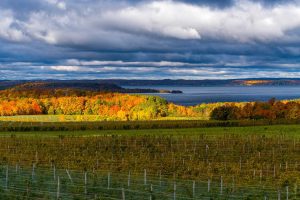
West Michigan is home to wineries galore! Enjoy a wine tasting tour and sample award winning wines.
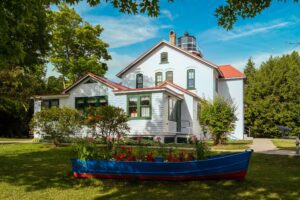
Sugar sand beaches along Lake Michigan, outdoor activities, an energetic downtown and many wineries make Traverse City the place to be
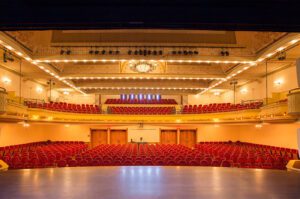
The Traverse City Opera House has a 700-seat theater which offers a place for quality arts and cultural entertainment.
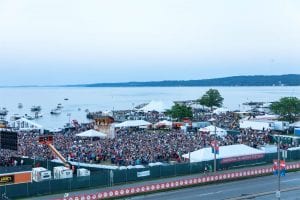
Festivals and events celebrating many aspects of life are scheduled throughout the year in the Grand Traverse County area.

The Grand Traverse Lighthouse is situated at the end of the Leelanau Peninsula within, about eight miles north of the town of Northport.
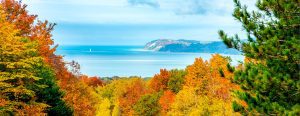
Take one of the most scenic drives in the nation as you travel across M-22 in West Michigan. A long winding road of adventure awaits!